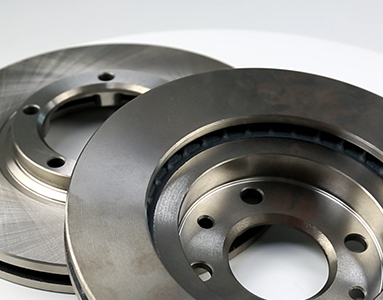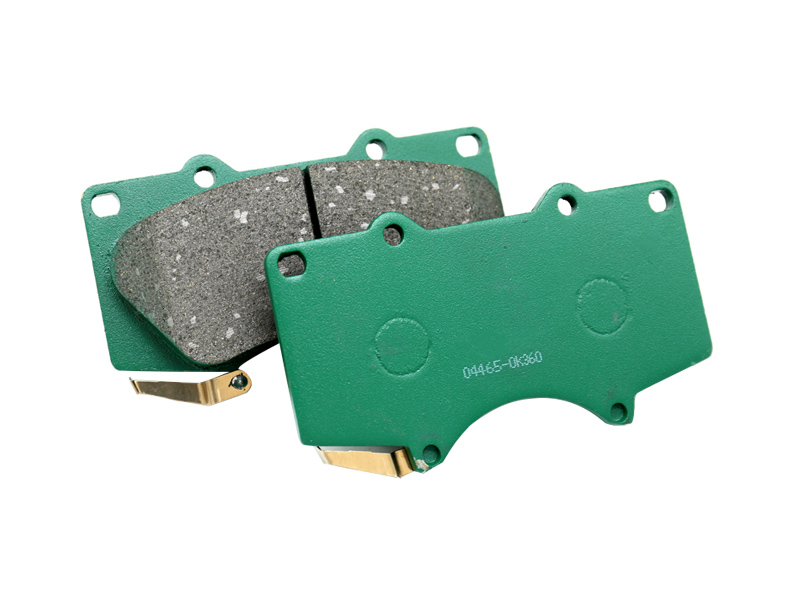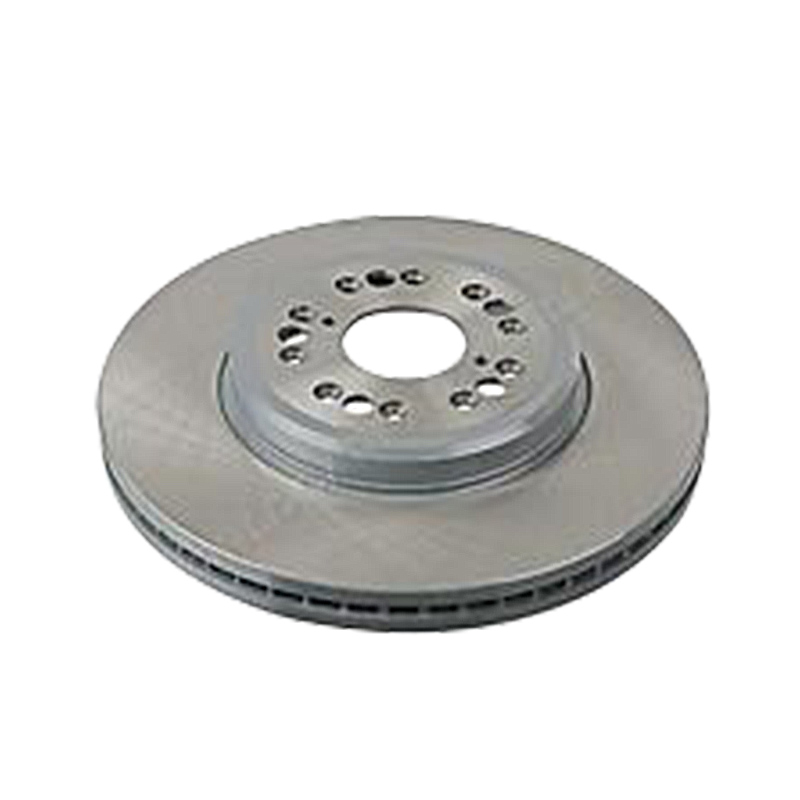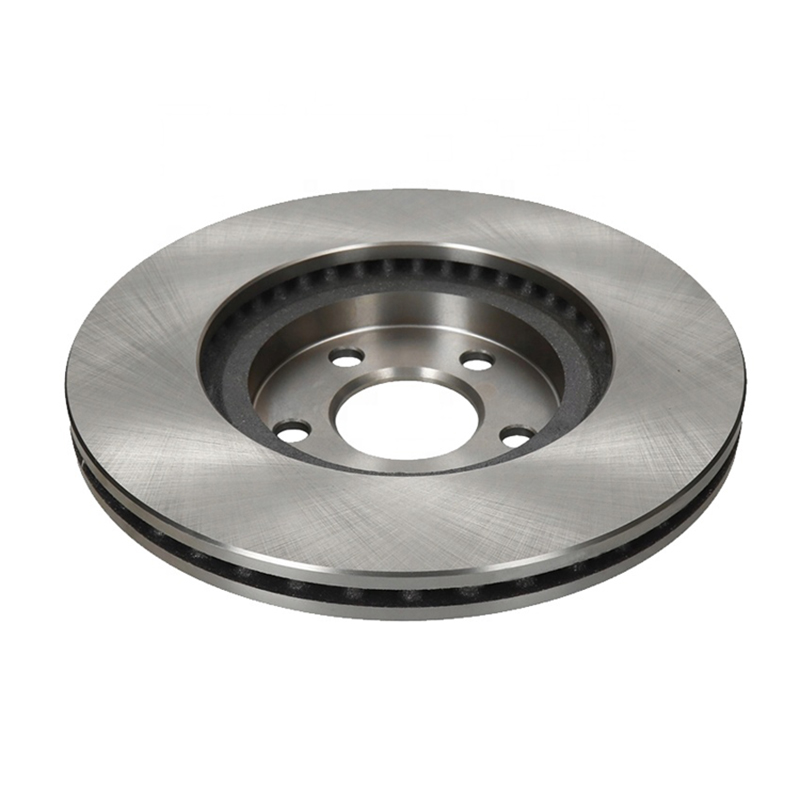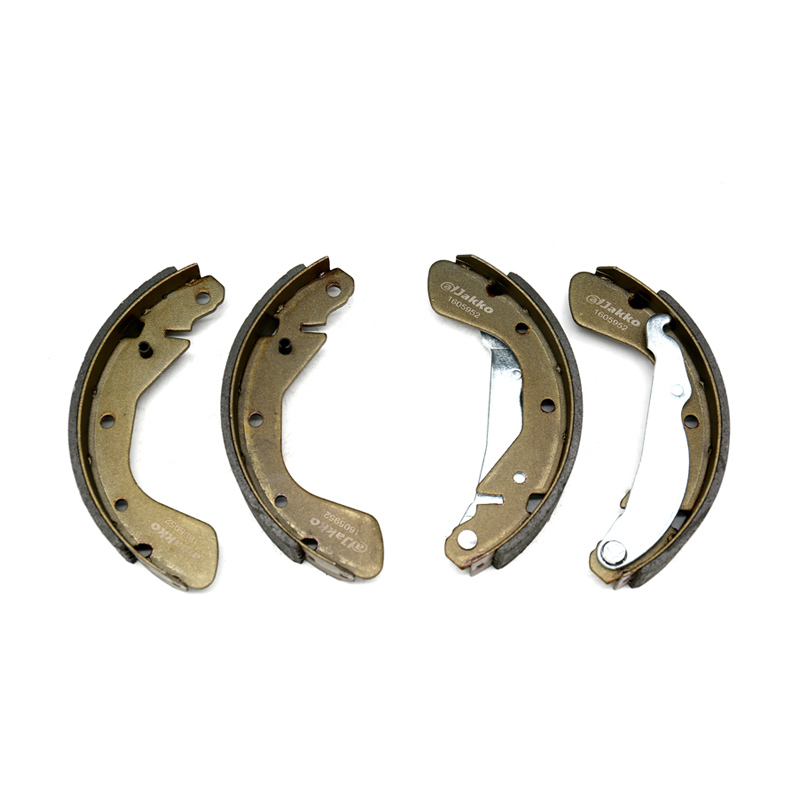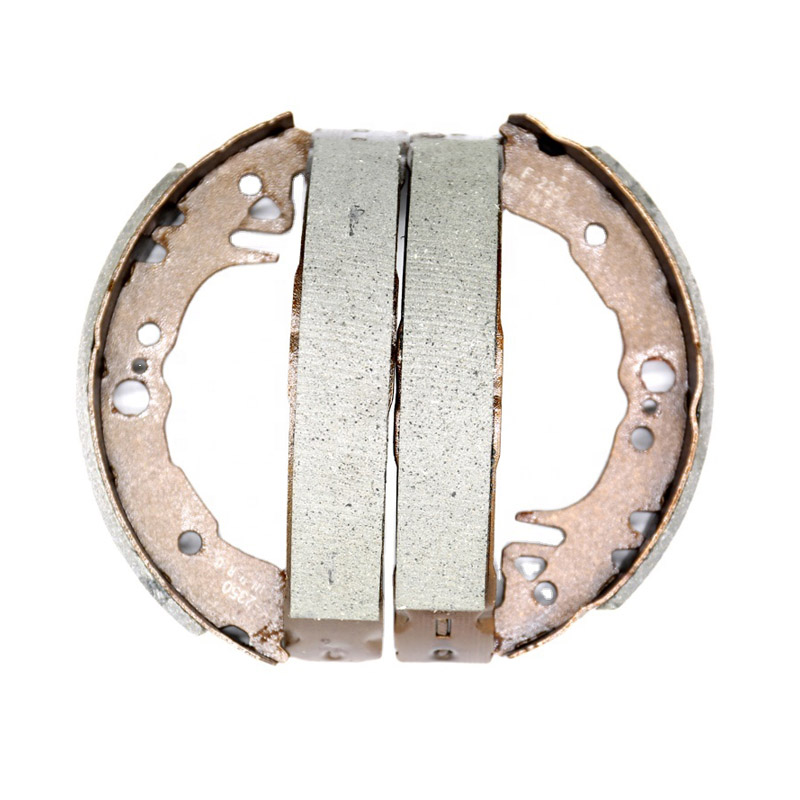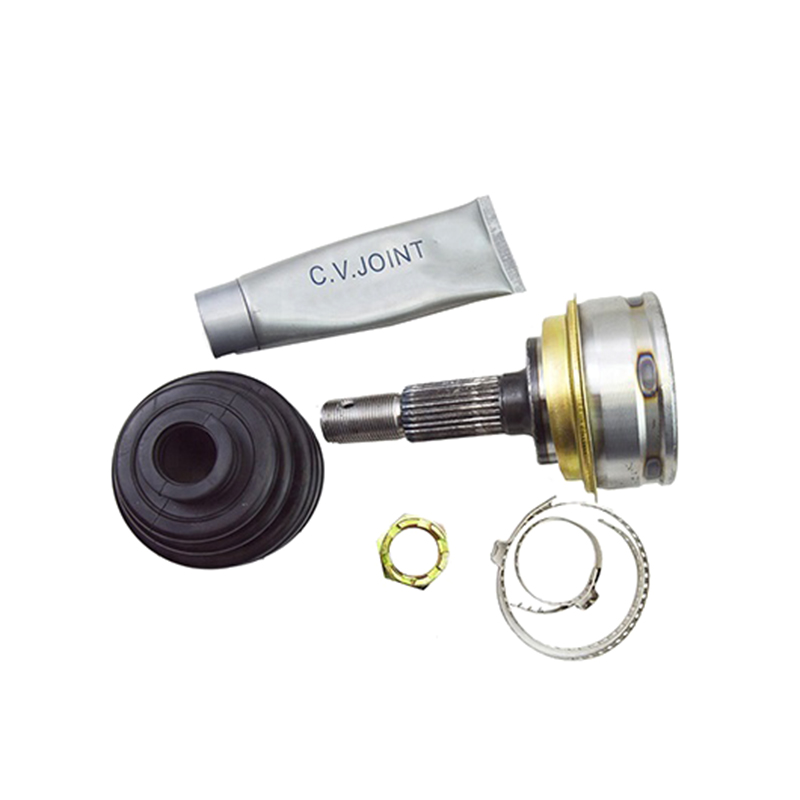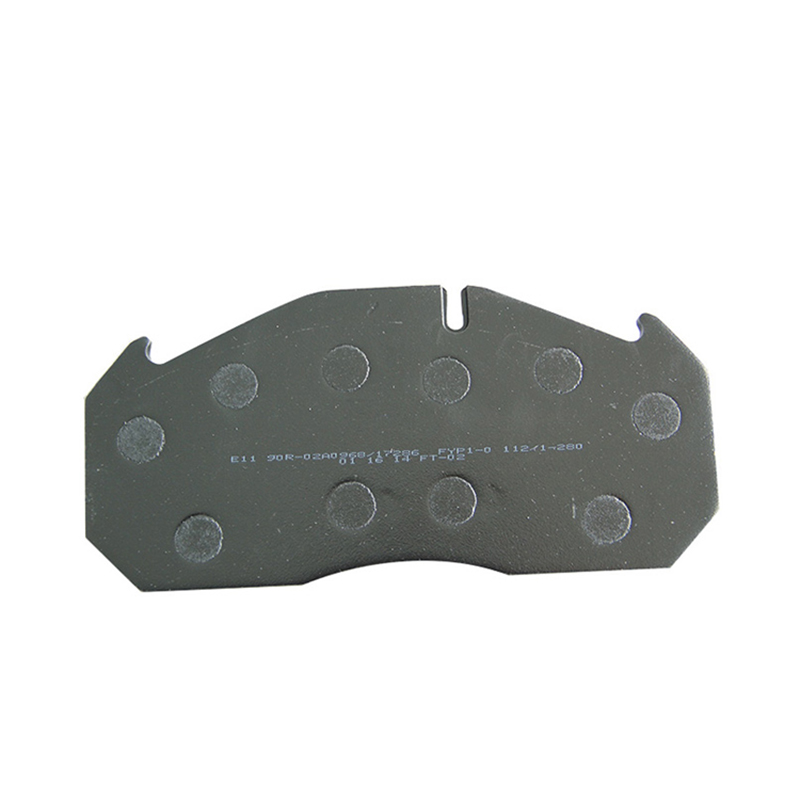Brake disc wear is a natural and expected occurrence due to the friction and heat generated during the braking process. Several factors contribute to the wear of brake discs over time. Here are some common causes of brake disc wear:
Friction and Heat:
Explanation: When the brake pedal is pressed, the brake pads clamp onto the spinning brake disc, creating friction. This friction generates heat, and the resulting high temperatures can lead to wear on both the brake pads and the brake disc.
Material Erosion:
Explanation: The constant rubbing of the brake pads against the brake disc can cause material erosion on the disc's surface. This erosion is a gradual process that occurs over time and contributes to disc wear.
Abrasive Particles:
Explanation: Environmental factors, such as road debris, dust, and small particles, can come into contact with the brake disc during braking. These abrasive particles can act like sandpaper, gradually wearing down the disc's surface.
Corrosion:
Explanation: Corrosion can occur on the surface of the brake disc, especially in regions with high humidity or road salt use. Corrosion can accelerate wear and compromise the effectiveness of the braking system.
Hard Braking:
Explanation: Aggressive or frequent hard braking can increase the wear on brake discs. This is often observed in stop-and-go traffic, mountain driving, or situations where the brakes are frequently applied.
Uneven Brake Pad Wear:
Explanation: If the brake pads wear unevenly, it can lead to uneven pressure distribution on the brake disc. This uneven pressure contributes to uneven wear on the disc's surface.
Overheating:
Explanation: Excessive heat generated during prolonged or heavy braking can lead to overheating of the brake disc. This can result in thermal stress and accelerated wear.
Low-Quality Brake Components:
Explanation: The use of low-quality brake pads or brake discs may contribute to premature wear. Quality materials and proper manufacturing processes are essential for durability.
Improper Bedding-In Process:
Explanation: When new brake components are installed, it's crucial to follow the proper bedding-in procedure. Failure to do so can lead to improper mating of the brake pad and disc surfaces, causing accelerated wear.
Lack of Maintenance:
Explanation: Neglecting regular brake system maintenance, such as checking for pad and disc wear, can allow issues to go unnoticed and contribute to accelerated wear over time.
Rust and Scale Buildup:
Explanation: When vehicles are parked for extended periods, especially in humid conditions, rust and scale can accumulate on the brake disc surface. This buildup can contribute to accelerated wear when the brakes are used again.
Regular inspection and maintenance of the braking system, including monitoring brake pad thickness and addressing any issues promptly, can help mitigate excessive wear on brake discs. Additionally, practicing smooth and controlled braking techniques can contribute to longer brake disc life.
